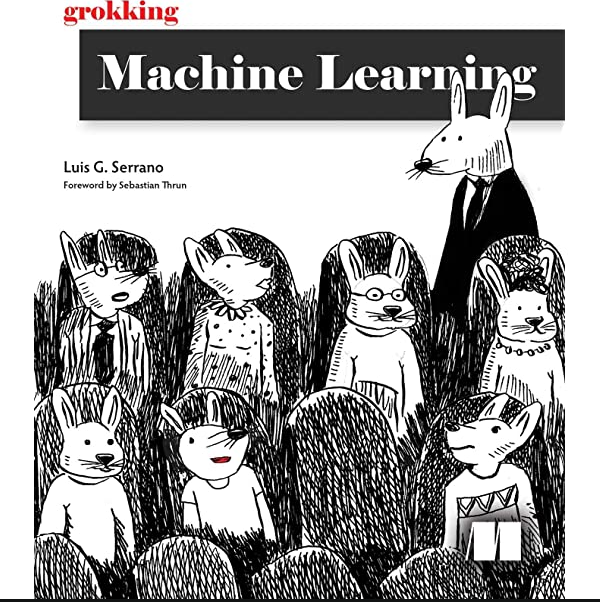

Aniketh Vijesh
Grokking Deep Learning- Start of a journey
I am about to start learning Deep Learning using the book "Grokking Deep Learning" by Andrew W Trask. This is going to be a series of posts that I intend to wrap up by the end of October or beginning on November. I also plan on making a small CNN model for binary classification of images to learn about DL even further.
I plan on starting the series from the second chapter onwards as the first chapter is just a small introduction and requirements for the book.
Chapter 2 Fundamental Concepts: How do machines learn?
What is Deep Learning?
Deep learning is a subfield in the field of machine learning which is dedicated to the development of machines and models which can learn, they maybe be used in a variety of places and tasks. They majorly use artificial neural networks which are loosely modeled after the human mind itself.
Types of Machine Learning models
Machine Learning models are broadly classified into Supervised and Unsupervised models.
Supervised Models
Supervised Learning models transform data.
They can be said to transform from "what we know" to "what we want to know".
A good example given in the book is as follows:
Given the stock prices for every Monday in the past decade, a supervised model could be used to predict what will happen or what the stock prices will be for the next day, ie Tuesday.
So essentially given data tha we have knowledge on, it is transformed to that we want to know, ie; the stock prices for the next day.
A more refined way thinking about this to consider that the data given is already processed so it's just a matter of predicting what will happen.
Unsupervised Models
These models learn from the data itself, we give the algorithm data which it uses to create labels and classifies the datapoints. It is all about grouping data and giving it a particular "label".
Parametric vs Nonparametric Learning
While, supervised and unsupervised learning methods deals with what type of pattern is being learned, parametric and nonparametric deals with how data is stored and by extension how it is learned.
A parametric model is characterized by having a fixed number of parameters, whereas a nonparametric model’s number of parameters is infinite (determined by data).
Supervised Parametric Learning
Essentially we are dealing with loads of data and we have a mechanism for creating an output function, let's consider them to be knobs of some kind. These knobs dictate how sensitive a particular data point is to a certain output. Turn the knobs a couple of time and feed the data through them and voila you have a prediction.
In this case learning is achived by analysing the output after each iteration and fine-tuning the knobs in accordance.
Unsupervised Parametric Learning
In this case as discussed earlier unsupervised model are used to group data,and so for this each knob indicated the affinity each datapoint has for some group
Nonparametric Learning
Nonparametric learning is a class of algorithm wherein the number of parameters is based on data (instead of predefined). This lends itself to methods that generally count in one way or another, thus increasing the number of parameters based on the number of items being counted within the data.

Aniketh Vijesh
Third-year student @Amrita Vishwa Vidhyapeetam studying B.Tech CSE AI. I work on medical AI, and build cool AI projects!